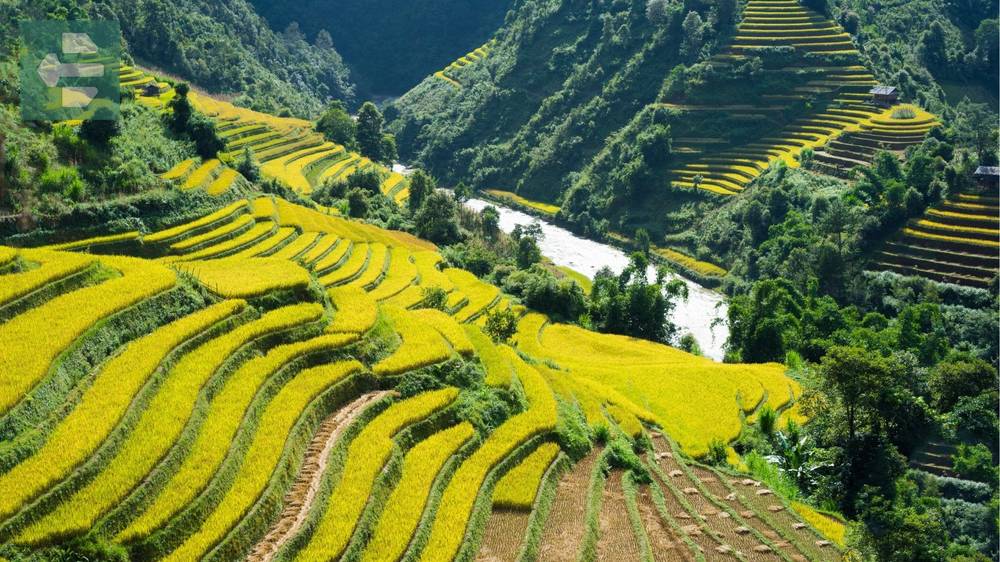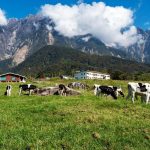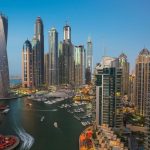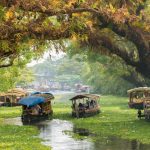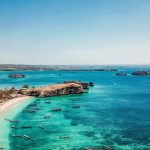Vietnam offers an extraordinary journey through diverse landscapes, from the limestone karsts of Ha Long Bay to the bustling streets of Ho Chi Minh City. Must-see destinations include Hanoi's ancient quarters, the terraced mountains of Sapa, the imperial city of Hue, and the tropical paradise of Phu Quoc Island.
Keep reading as we explore the best places to visit in Vietnam that will transform your travel experience into an unforgettable adventure.
List of Contents
- 1. Hanoi: Where Time Stands Still
- 2. Ha Long Bay: 3,000 Stories in Stone
- 3. Ninh Binh: Ha Long Bay on Land
- 4. Ha Giang: The End of the World
- 5. Sapa: Stairs to Heaven
- 6. Hoi An: Living Museum
- 7. Hue: Imperial Ghosts
- 8. Da Nang: Vietnam's Miami
- 9. Ho Chi Minh City: Controlled Chaos
- 10. Mekong Delta: Vietnam's Rice Bowl
- 11. Nha Trang: Beach Life Perfected
- 12. Phu Quoc Island: The Final Frontier
- Your Vietnam Journey Awaits
1. Hanoi: Where Time Stands Still
The capital moves at two speeds—motorbikes racing through narrow streets and elderly men playing chess on sidewalks. The Old Quarter's 36 streets each specialize in one trade, a tradition spanning 600 years.
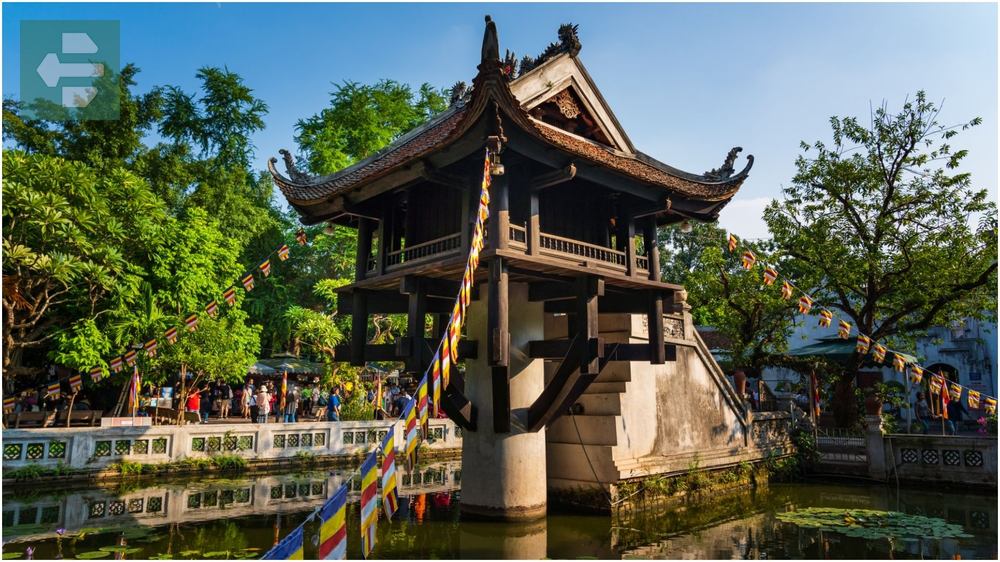
Street food here tastes different from anywhere else in Vietnam. Try pho at dawn when locals eat it, not at tourist hours. The broth carries stories passed down through generations.
At 5 AM, Hoan Kiem Lake fills with tai chi practitioners. Their movements mirror the city's rhythm—ancient wisdom adapting to modern times.
Quick Facts:
- Peak Season: October to December, March to April
- Getting There: Noi Bai International Airport, 45 minutes to city center
- Entry Fee: Free for most attractions
- Suggested Stay: 2-3 days
- Key Spots: Old Quarter, Hoan Kiem Lake, Temple of Literature, Ho Chi Minh Mausoleum
2. Ha Long Bay: 3,000 Stories in Stone
UNESCO wasn't wrong—1,600 limestone pillars rising from emerald waters create poetry in three dimensions. Each karst formation has weathered 500 million years to reach this moment.
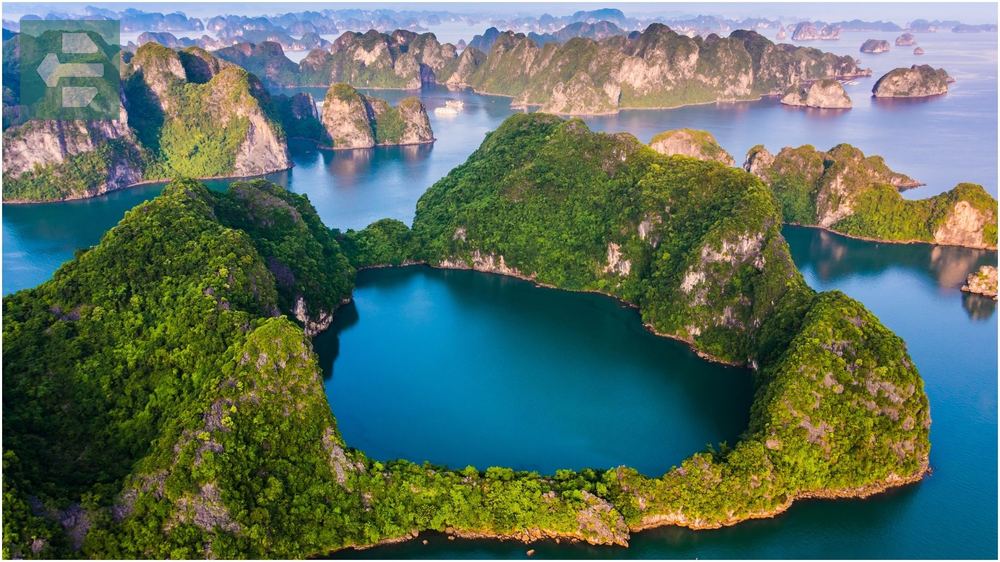
Skip the day cruises packed with tourists. Stay overnight on a traditional junk boat. At sunrise, the bay belongs to fishermen and early risers who understand that beauty requires patience.
The floating villages tell Vietnam's maritime story. Families have lived on these waters for generations, their homes rising and falling with the tides.
Quick Facts:
- Peak Season: October to April
- Getting There: 3-hour drive from Hanoi, cruise from Ha Long City
- Entry Fee: From $25 for day trips
- Suggested Stay: 2 days, 1 night on boat
- Key Spots: Sung Sot Cave, Ti Top Island, floating villages, Cat Ba Island
3. Ninh Binh: Ha Long Bay on Land
Rice paddies stretch between limestone towers, creating Vietnam's most photographed landscape. This is where ancient kings chose to build their capitals—they understood geography.

Rent a bicycle at 6 AM and follow the paths through Tam Coc. The silence between the mountains amplifies every sound—water buffalo bells, rowing boats creaking, your own breathing.
Local women row boats with their feet while their hands stay free for conversations with passengers. It's efficiency born from necessity, perfected over decades.
Quick Facts:
- Peak Season: September to November, March to May
- Getting There: 2 hours south of Hanoi by train or bus
- Entry Fee: From $8 for boat trips
- Suggested Stay: 1-2 days
- Key Spots: Tam Coc, Trang An, Bai Dinh Pagoda, Hoa Lu Ancient Capital
4. Ha Giang: The End of the World
Vietnam's northernmost province hangs on the edge of China, where mountains grow so tall they disappear into clouds. The loop road covers 350 kilometers of switchbacks that test both motorcycles and nerves.

I've ridden this route three times. Each journey revealed something new—a hidden valley, a minority village where children wave at strangers, a pass where eagles soar below you instead of above.
The ethnic minorities here live as their ancestors did. Their traditional clothing isn't for tourists—it's daily wear that connects them to centuries of mountain wisdom.
Quick Facts:
- Peak Season: September to November, March to May
- Getting There: 6-hour bus ride from Hanoi to Ha Giang City
- Entry Fee: Free, motorbike permits required
- Suggested Stay: 3-4 days for the loop
- Key Spots: Dong Van Karst Plateau, Lung Cu Flag Tower, Quan Ba Heaven Gate, Ma Pi Leng Pass
5. Sapa: Stairs to Heaven
Terraced rice fields climb mountainsides in steps that took generations to carve. The Hmong and Dao people shaped these slopes by hand, creating agriculture that doubles as art.

Visit during planting season in May or harvest time in September. The fields transform from mirror-like water to emerald green to golden yellow—nature's calendar written in rice.
Homestays with local families offer more than accommodation. They provide glimpses into mountain life where weather determines daily routines and community bonds run deeper than blood.
Quick Facts:
- Peak Season: March to May, September to November
- Getting There: Overnight train from Hanoi to Lao Cai, then 1-hour bus to Sapa
- Entry Fee: Free for trekking, guide fees from $15/day
- Suggested Stay: 2-3 days
- Key Spots: Fansipan Mountain, Cat Cat Village, Silver Waterfall, Love Waterfall
6. Hoi An: Living Museum
UNESCO preservation rules keep Hoi An frozen in the 15th century, when Chinese merchants and Japanese traders made this Vietnam's busiest port. Walking these streets feels like time travel with better food.
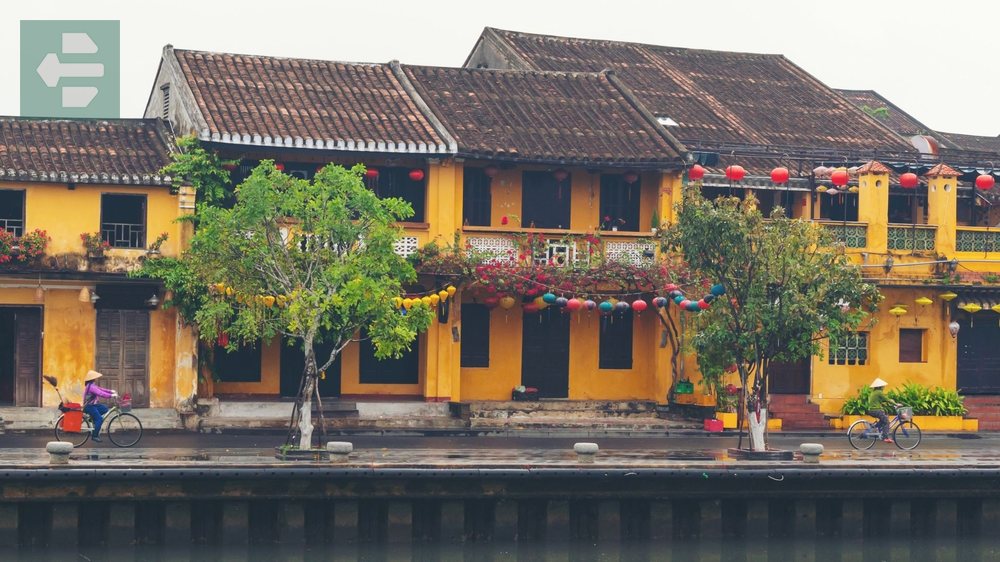
The Ancient Town charges admission, but locals know the back alleys. Follow them through neighborhoods where families have run the same businesses for centuries—blacksmiths, silk weavers, lantern makers.
Every full moon, electric lights go dark and candles illuminate the streets. Floating lanterns drift down the Thu Bon River carrying wishes written on rice paper.
Quick Facts:
- Peak Season: February to April, August to October
- Getting There: 45 minutes from Da Nang Airport
- Entry Fee: $5 for Ancient Town ticket
- Suggested Stay: 2-3 days
- Key Spots: Ancient Town, Japanese Covered Bridge, An Bang Beach, My Son Sanctuary
7. Hue: Imperial Ghosts
The last imperial capital carries wounds from wars and glory from centuries of royal rule. The Citadel's walls survived American bombing, French colonization, and time itself—though barely.
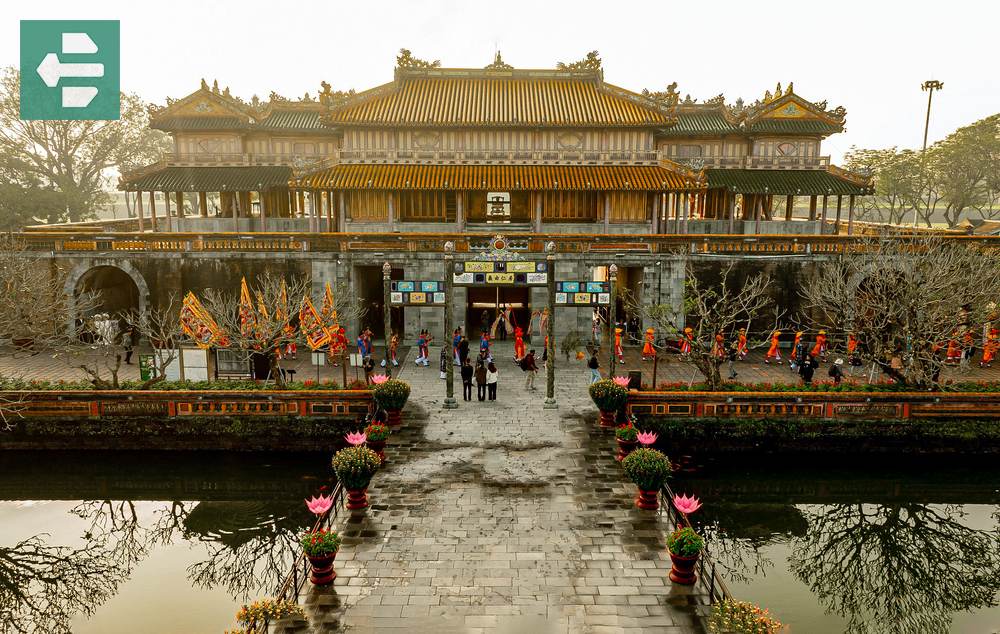
Perfume River earned its name from flowers that bloom upstream. Dragon boat rides at sunset reveal why emperors chose this location. Mountains protect the city while the river connects it to the sea.
Royal tombs scattered around Hue tell stories through architecture. Each emperor designed his final resting place to reflect his personality—some modest, others magnificently excessive.
Quick Facts:
- Peak Season: February to April, September to November
- Getting There: 2 hour from Da Nang Airport, direct flights from major cities
- Entry Fee: From $5 for Imperial City complex
- Suggested Stay: 2 days
- Key Spots: Imperial City, Thien Mu Pagoda, Royal Tombs, Perfume River
8. Da Nang: Vietnam's Miami
This coastal city transformed from wartime airbase to beach resort destination in thirty years. Skyscrapers rise beside traditional fishing villages, creating Vietnam's most successful modernization story.
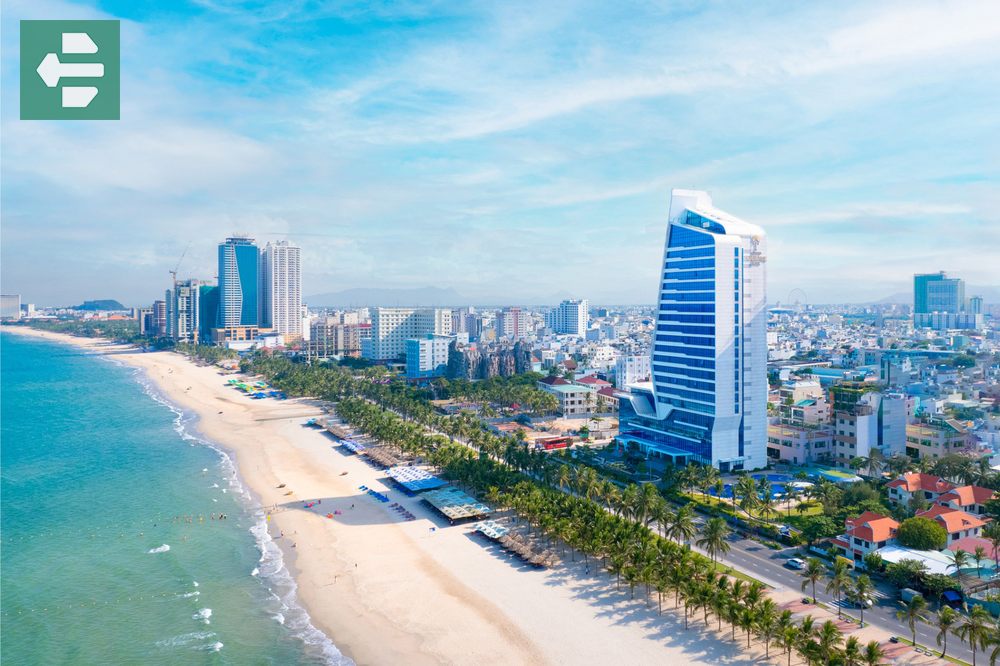
My Khe Beach stretches 30 kilometers of white sand backed by marble mountains. Locals surf before work and swim after dinner—beach life integrated into daily routine, not reserved for weekends.
The Dragon Bridge breathes fire every weekend at 9 PM. Thousands gather to watch mechanical engineering disguised as street theater, cheering as flames light up the Han River.
Quick Facts:
- Peak Season: February to May, September to October
- Getting There: Da Nang International Airport serves direct international flights
- Entry Fee: Free for beaches and city attractions
- Suggested Stay: 2-3 days
- Key Spots: My Khe Beach, Marble Mountains, Ba Na Hills, Dragon Bridge
9. Ho Chi Minh City: Controlled Chaos
Eight million people and four million motorbikes create orchestrated mayhem that somehow functions perfectly. Traffic lights serve as suggestions while crossing streets becomes an act of faith rewarded by safe passage.
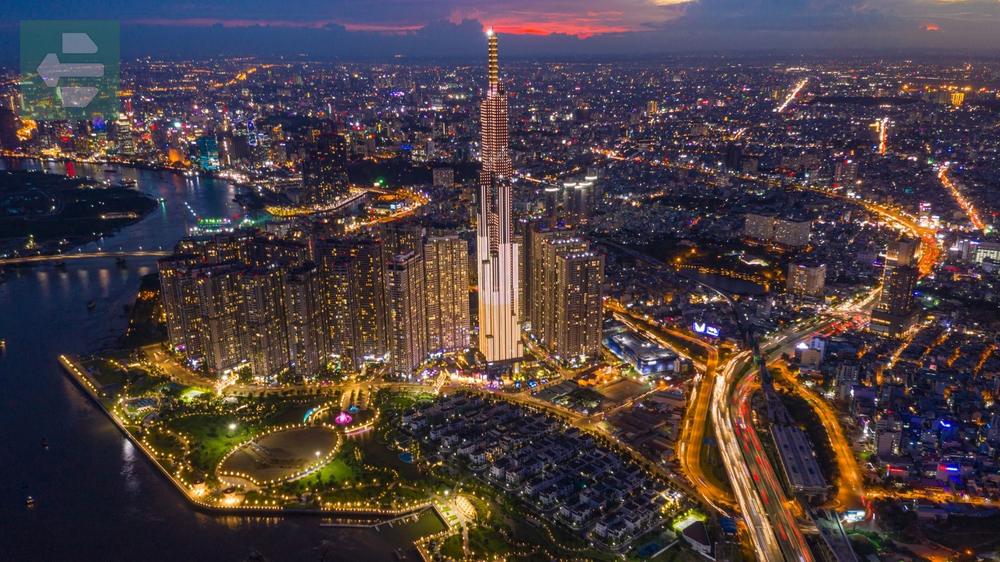
District 1 showcases French colonial architecture beside glass towers, while District 3 hides the best street food in narrow alleys where plastic stools substitute for restaurant chairs.
The Cu Chi Tunnels an hour outside the city reveal how determination defeats technology. Miles of underground passages sheltered an entire community during wartime, proving that human ingenuity adapts to any circumstance.
Quick Facts:
- Peak Season: December to April
- Getting There: Tan Son Nhat International Airport, direct international flights
- Entry Fee: Free for city exploration, Cu Chi Tunnels from $6
- Suggested Stay: 3-4 days
- Key Spots: Ben Thanh Market, Notre Dame Cathedral, Cu Chi Tunnels, Mekong Delta day trips
10. Mekong Delta: Vietnam's Rice Bowl
Nine tributaries of the Mekong River create a maze of waterways where boats replace cars and floating markets substitute for shopping malls. This delta feeds Vietnam and much of Southeast Asia.
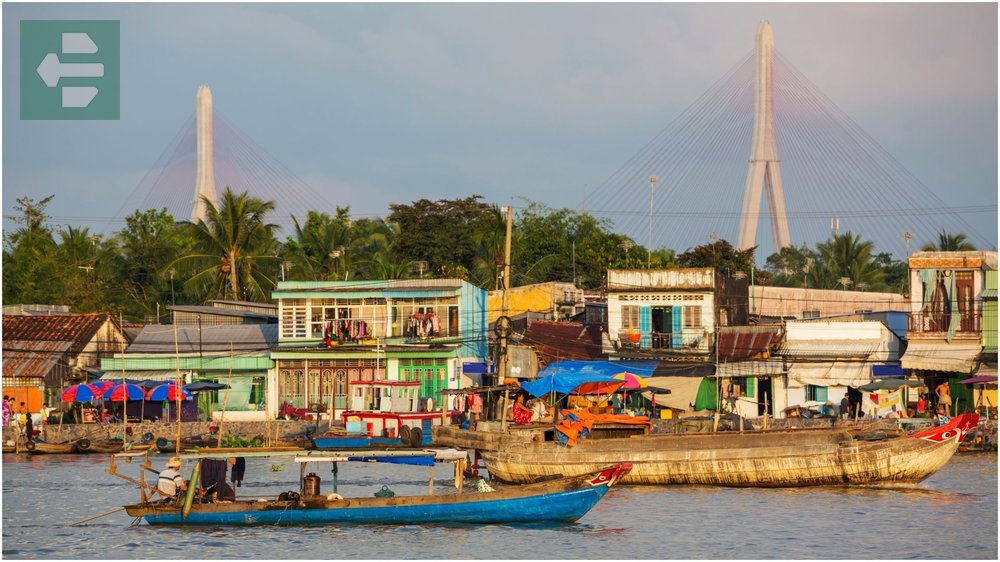
Cai Rang Floating Market starts before sunrise when vendors hang samples from bamboo poles to advertise their goods. Breakfast happens on boats while commerce flows with the current.
Stay overnight in a delta homestay where dinner comes from the garden and river. Families here measure wealth in fruit trees and fish ponds, not bank accounts.
Quick Facts:
- Peak Season: December to April (dry season)
- Getting There: 2-hour bus from Ho Chi Minh City to Can Tho
- Entry Fee: Boat tours from $15, homestays from $20/night
- Suggested Stay: 2 days
- Key Spots: Cai Rang Floating Market, Can Tho, Chau Doc, An Giang floating villages
11. Nha Trang: Beach Life Perfected
Six kilometers of golden sand curve around Nha Trang Bay, protected by mountains and blessed with weather that stays warm year-round. This is Vietnam's answer to tropical paradise, minus the pretension.

Vinpearl Cable Car crosses the bay to an island resort, but the real action happens on the mainland. Local beaches fill with Vietnamese families who know how to vacation—loud, joyful, and centered around food.
The Po Nagar Towers, built by the Cham Kingdom 1,200 years ago, overlook modern resort hotels. Ancient Hindu temples standing guard over beach umbrellas and jet skis create Vietnam's most surreal skyline.
Quick Facts:
- Peak Season: January to August
- Getting There: Cam Ranh International Airport, 45 minutes to city center
- Entry Fee: Free for beaches, attractions from $5
- Suggested Stay: 3-4 days
- Key Spots: Long Beach, Po Nagar Towers, Vinpearl Island, Hon Mun Island diving
12. Phu Quoc Island: The Final Frontier
Vietnam's largest island sits in the Gulf of Thailand, close enough to Cambodia that clear days reveal foreign mountains on the horizon. Half of Phu Quoc remains national park—pristine jungle protecting beaches that tourism hasn't discovered yet.
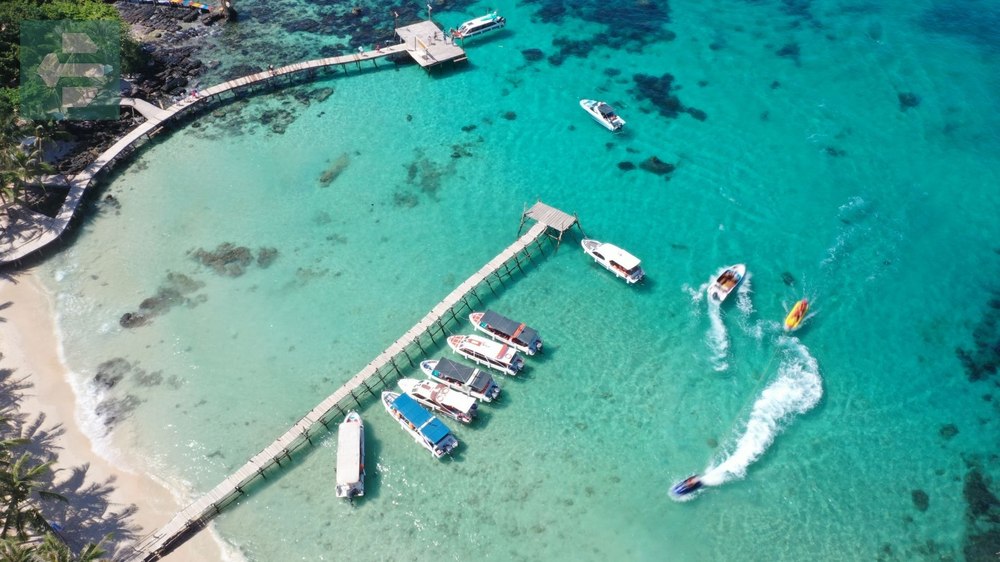
Night markets here sell the freshest seafood in Vietnam. Fishermen dock at sunset and cook their catch on beach grills while families gather around plastic tables in the sand.
The northern beaches stay empty even during peak season. Ong Lang and Long Beach offer the rare luxury of tropical solitude—white sand, clear water, and silence broken only by waves and wind through palm trees.
Quick Facts:
- Peak Season: November to March
- Getting There: Direct flights from Ho Chi Minh City and Hanoi
- Entry Fee: Free (30-day visa exemption for most nationalities)
- Suggested Stay: 4-5 days
- Key Spots: Long Beach, Ong Lang Beach, Night Market, Sao Beach, pepper plantations
Your Vietnam Journey Awaits
These twelve destinations represent Vietnam's incredible diversity—ancient capitals and modern cities, mountain villages and island paradises, imperial history and revolutionary spirit. Each place tells part of Vietnam's story while creating space for your own adventure.
The best time to visit Vietnam is now. The country changes rapidly, but its soul remains constant—welcoming, resilient, and endlessly fascinating.
Pack light, bring curiosity, and prepare for a journey that will redefine your understanding of Southeast Asia. Vietnam doesn't just offer places to visit—it provides experiences that become part of who you are.
Your Vietnamese adventure starts with choosing which destination calls to you first. The rest will follow naturally, as all great journeys do.
